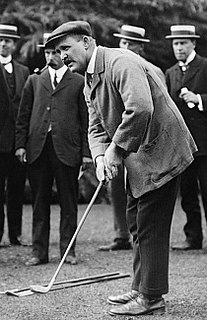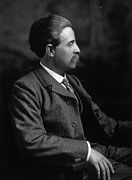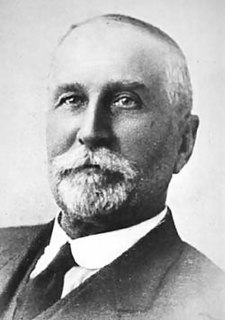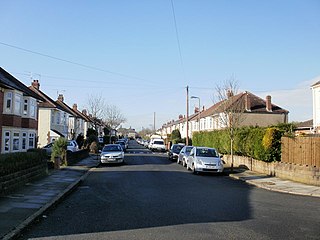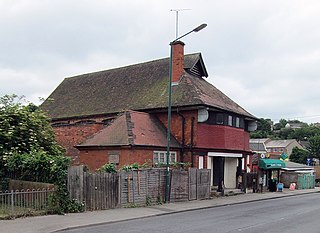Biography
Early and Personal Life
William Robert Davidge was born on February 17th 1879 in Teddington, Middlesex. His parents were Henry Thomas Davidge and Louisa Anderson Davidge. He entered University College in 1896, and also studied at Kings College, graduating with a degree in architecture in 1900. He married Kathleen Mary Lane and had three children, Kathleen Enid Grace Davidge (24 Sep 1910), Margaret Mary Davidge (6 Jun 1912), and Helen Joyce "Jane" Davidge (15 May 1919).

Teddington is an affluent riverside area of South West London, England. Historically in Middlesex, it has been part of the London Borough of Richmond upon Thames since 1965. Teddington is on a long meander of the Thames between Hampton Wick and Strawberry Hill, Twickenham. Mostly residential, it stretches from the river to Bushy Park with a long high street of generally upmarket shops, restaurants and pubs. There is a suspension bridge over the lowest non-tidal lock on the Thames, Teddington Lock. At Teddington's centre is a mid-rise urban development, containing offices and apartments. Teddington and surrounding areas have some of the highest house prices in the UK outside of Central London.
Architect
From 1902 to 1907 Davidge was an assistant to W.E. Riley in the architect's department of the London County Council. He became an associate member of the Royal Institute of British Architects in 1904. In July 1912 he was made a Fellow of the Royal Institute of British Architects.

The Royal Institute of British Architects (RIBA) is a professional body for architects primarily in the United Kingdom, but also internationally, founded for the advancement of architecture under its charter granted in 1837 and Supplemental Charter granted in 1971.
Surveyor
While a student Davidge was articled to Marshall Hainsworth, Surveyor to the Teddington Urban District Council. From 1907 to 1916 he was District Surveyor for Lewisham, Greenwich, and Woolwich. In 1919 he became Housing Commissioner for the Southern Counties and later for the London area.
Town Planner
In the early 1900s Davidge took an interest in the emerging British Garden City Movement. In 1909 he presented a paper [2] to the Institution of Surveyors (later to become the Royal Institution of Chartered Surveyors) in support of the Housing, Town Planning, &c. Act 1909 which proposed to make it mandatory for local authorities in the United Kingdom to introduce town planning systems.

The Royal Institution of Chartered Surveyors (RICS) is a professional body promoting and enforcing the highest international standards in the valuation, management and development of land, real estate, construction and infrastructure.
The Housing, Town Planning, &c. Act 1909 was an Act of the Parliament of the United Kingdom which prevented the building of "back-to-back" houses. The act also meant local authorities must introduce systems of town planning and meant homes had to be built to certain legal standards.
From 1921 Davidge practiced as a consulting town planner and architect-surveyor, and in 1926 he was elected President of the Royal Town Planning Institute, as well as serving as Chair of the Executive of the Garden Cities and Town Planning Association (later to become the Town and Country Planning Association). Davidge prepared professional planning reports for places throughout the United Kingdom, including recommendations for Bedfordshire, Berkshire, Buckinghamshire, Cambridgeshire, Hertfordshire, West Kent and Belfast, Northern Ireland. As well as being a member of architecture and planning institutes, he was also an associate member of the Institution of Civil Engineers.
The Town and Country Planning Association (TCPA) is an independent charity founded and based in the United Kingdom. It works to improve the art and science of town and country planning.

The United Kingdom (UK), officially the United Kingdom of Great Britain and Northern Ireland, and sometimes referred to as Britain, is a sovereign country located off the north-western coast of the European mainland. The United Kingdom includes the island of Great Britain, the north-eastern part of the island of Ireland, and many smaller islands. Northern Ireland is the only part of the United Kingdom that shares a land border with another sovereign state, the Republic of Ireland. Apart from this land border, the United Kingdom is surrounded by the Atlantic Ocean, with the North Sea to the east, the English Channel to the south and the Celtic Sea to the south-west, giving it the 12th-longest coastline in the world. The Irish Sea lies between Great Britain and Ireland. With an area of 242,500 square kilometres (93,600 sq mi), the United Kingdom is the 78th-largest sovereign state in the world. It is also the 22nd-most populous country, with an estimated 66.0 million inhabitants in 2017.

Bedfordshire is a county in the East of England. It is a ceremonial county and a historic county, covered by three unitary authorities: Bedford, Central Bedfordshire, and Luton.
Influence in New Zealand and Australia
In 1914, Davidge travelled to New Zealand and from there to Australia. In both New Zealand and Australia Davidge gave a series of public lectures with Charles Reade (1880 - 1933), another enthusiast of town planning, to promote the new planning paradigms. As a result of this tour Davidge drew up New Zealand's first civic improvement scheme, a plan for the Taranaki city of New Plymouth. Davidge's plan was not, however, implemented. [3]

Charles Reade was an English novelist and dramatist, best known for The Cloister and the Hearth.

New Plymouth is the major city of the Taranaki Region on the west coast of the North Island of New Zealand. It is named after the English city of Plymouth from where the first English settlers migrated. The New Plymouth District, which includes New Plymouth City and several smaller towns, is the 10th largest district in New Zealand, and has a population of 74,184 – about two-thirds of the total population of the Taranaki Region and 1.7% of New Zealand's population. This includes New Plymouth City (58,300), Waitara (6,483), Inglewood (3,380), Oakura (1,359), Okato (561) and Urenui (429).
